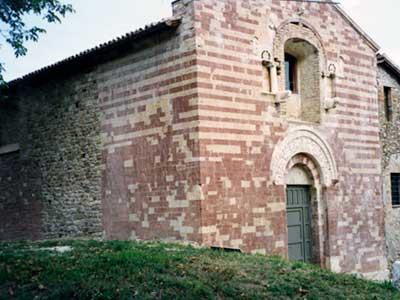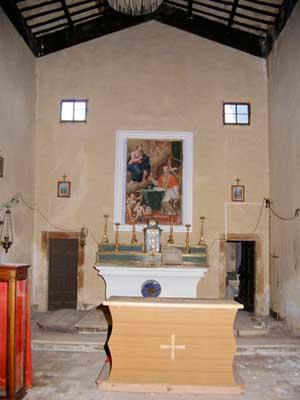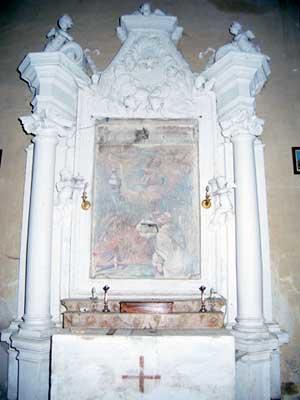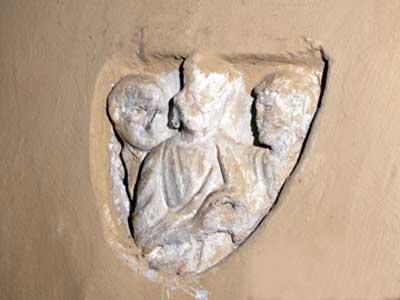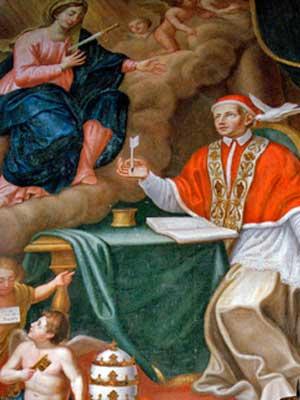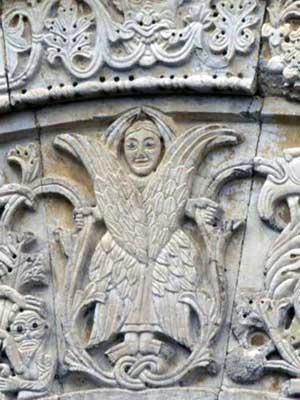Pieve Di San Gregorio
Background
The rural Pieve di San Gregorio was built in 1141 in the important Italian religious and political territory of Perugia. Pievi were rural chapels typically at the center of small monastic complexes and could be distinguished by the high quality of their construction and the sophistication of their decorative elements despite their relatively small dimensions. San Gregorio is an important surviving example located in the largely unspoiled rural landscape of Umbria. Noted for its intricately decorated façade, fine sculptural elements, and superior construction, the Pieve di San Gregorio fell into a state of disrepair after a series of earthquakes struck the region in 1997 and 1998. The building’s façade—ornamented with symbols of the evangelists and figurative images of both real and fantastical humans and animals—became detached from the main body of the church and the pediment was in danger of collapse. Other walls in the church were structurally compromised and the roof beams were loosened from their masonry anchoring.
How We Helped
A restoration program was devised in the summer of 1998 to address four primary areas in need of immediate attention: the masonry walls, the roof, the façade and its sculptural decoration, and the rose window. The restoration program gave special attention to the original materials of the church’s construction while creating a stable structure capable of withstanding the force of future earthquakes. WMF, in partnership with Friends of Assisi, assisted in the stabilization of the structure. With support from the Samuel H. Kress Foundation, the Robert W. Wilson Challenge to Conserve Our Heritage, and many other donors, the masonry and facades were cleaned and repaired. The salvageable original roof tiles were leaned and conserved, while all of wooden elements were replaced in chestnut. Finally, the rose window, which had been incorporated into the masonry construction of the bell tower, was reopened. Pieve di San Gregorio was successfully restored to serve as a parish church.
Why It Matters
Despite earthquakes over the centuries, Pieve di San Gregorio’s interior finishes and details, including a beamed ceiling and terracotta flooring, remained. The figured relief arch above the main door of the church is one of the earliest surviving works in which a distinct Romanesque Umbrian style can be identified. The quality of the sculptural decoration, and especially that of the beautiful marble arch, is the work of one of the finest sculptors active in the area during the mid-twelfth century.

